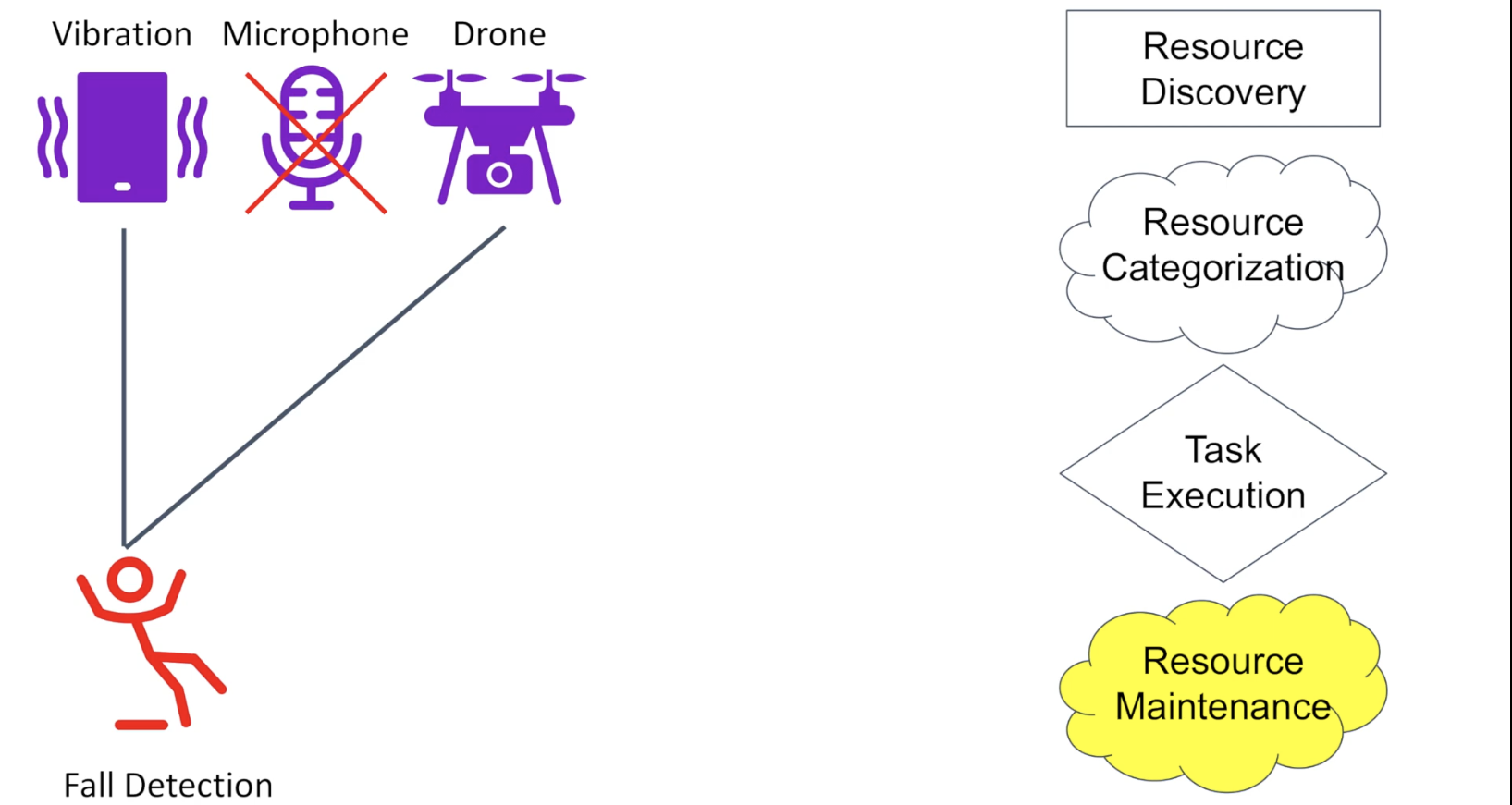EE Team Wins Best Demo Award at ACM SenSys 2021

Team led by Professor Fred Jiang and PhD students Stephen Xia, Yanchen Liu, and MS student Chenye Yang, together with UCSD collaborators Rishikanth Chandrasekaran and Tajana Simunic Rosing won the Best Demo Award at ACM Sensys 2021.
Their demo is titled “A Drone-based System for Intelligent and Autonomous Homes”.
The growth of smart devices, home assistants, and low-power sensors have made homes and the built environment more intelligent. However, we are far from truly intelligent environments. To move towards more intelligent and autonomous homes, Columbia Electrical Engineering researchers in the Intelligent and Connected Systems Lab (ICSL) developed DIA, a drone-based system towards more intelligent and autonomous homes. DIA incorporates two key ideas to accomplish this.
One of the key reasons limiting smart home intelligence is that many of the growing number of smart devices and sensors found within our homes function independently from one another. First, DIA automatically discovers smart sensors and actuators within the home network and jointly and dynamically leverages them to provide higher-level services and applications that are otherwise not possible. Additionally, if new sensors are added to the home or if existing sensors fail and drop off the network, DIA dynamically adjusts the execution pipeline of each task based on the available working sensors and actuators.
Second, DIA explores the idea of utilizing drones within the home environment, which will soon be in every home as their size and price continues to drop. Drones have been used in many outdoor contexts, but relatively few works explore applications in indoor settings.
-------
Stephen Xia is currently a Ph.D. Candidate in the Department of Electrical Engineering at Columbia University, working with Dr. Xiaofan (Fred) Jiang in the Intelligent and Connected Systems Laboratory (ICSL). Stephen received his B.S. in Electrical Engineering from Rice University (2016). Stephen’s research lies at the intersection of cyber-physical systems, artificial intelligence, machine learning, and signal processing, with a focus on mobile and wearable systems, Internet of Things, edge computing, and connected health.
The 19th ACM Conference on Embedded Networked Sensor Systems (SenSys 2021) introduces a highly selective, single-track forum for research on systems issues of sensors and sensor-enabled smart systems, broadly defined. Systems of smart sensors will revolutionize a wide array of application areas by providing an unprecedented density and fidelity of instrumentation. They also present various systems challenges because of resource constraints, uncertainty, irregularity, mobility, and scale. This conference provides an ideal venue to address research challenges facing the design, development, deployment, use, and fundamental limits of these systems. Sensing systems require contributions from many fields, from wireless communication and networking, embedded systems and hardware, energy harvesting and management, distributed systems and algorithms, data management, and applications, so we welcome cross-disciplinary work.
At ACM SenSys 2021 in Coimbra, Portugal, Ph.D. student Stephen Xia demonstrated the capabilities of DIA through four different home tasks that can only be accomplished by jointly leveraging sensors and drones.
- Continuous Privacy-Sensitive Fall Detection: A robust and commonly used method for detecting falls is to use a camera to detect if a person is laying on the floor. However, having a camera constantly recording poses a privacy concern. As such, DIA dynamically leverages lower fidelity, but less intrusive, vibration sensors to detect potential falls. Once a potential fall is detected, DIA sends a camera-equipped drone to analyze the area and confirm actual falls. By opportunistically leveraging the camera in conjunction with vibration sensors, DIA retains high accuracy while being more privacy sensitive.
- Digital Fence and Intrusion Detection: Once again, cameras can be used to detect an unknown person entering a home. However, placing cameras to cover the entire home perimeter could be expensive and privacy intrusive. Instead, DIA leverages cheaper proximity sensors that can easily be installed around the home perimeter to detect potential trespassers. Once a proximity sensor is triggered, DIA sends the camera-equipped drone to the area to verify whether an intruder is present.
- Child Monitoring: Rather than constantly using a video stream to detect if your baby is in distress, DIA intelligently decides to leverage a nearby microphone and only send a drone to observe the child if it detects crying noises of distress, as audio is less intrusive than privacy.
- Automatic Selfie: DIA can leverage cameras and the drone to take selfies and photos without users having to lift a finger or their smartphones.
This demo received the Best Demo Award at the conference. The demo abstract is available at ACM Digital Library.